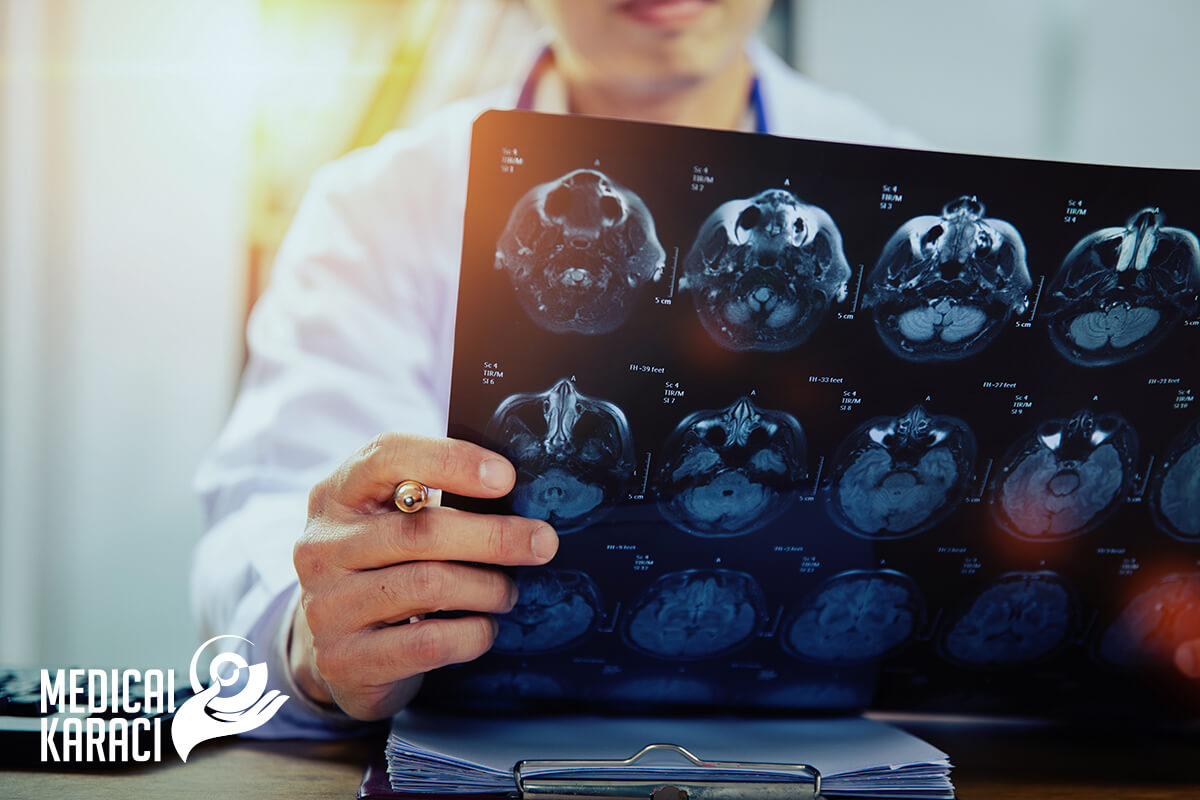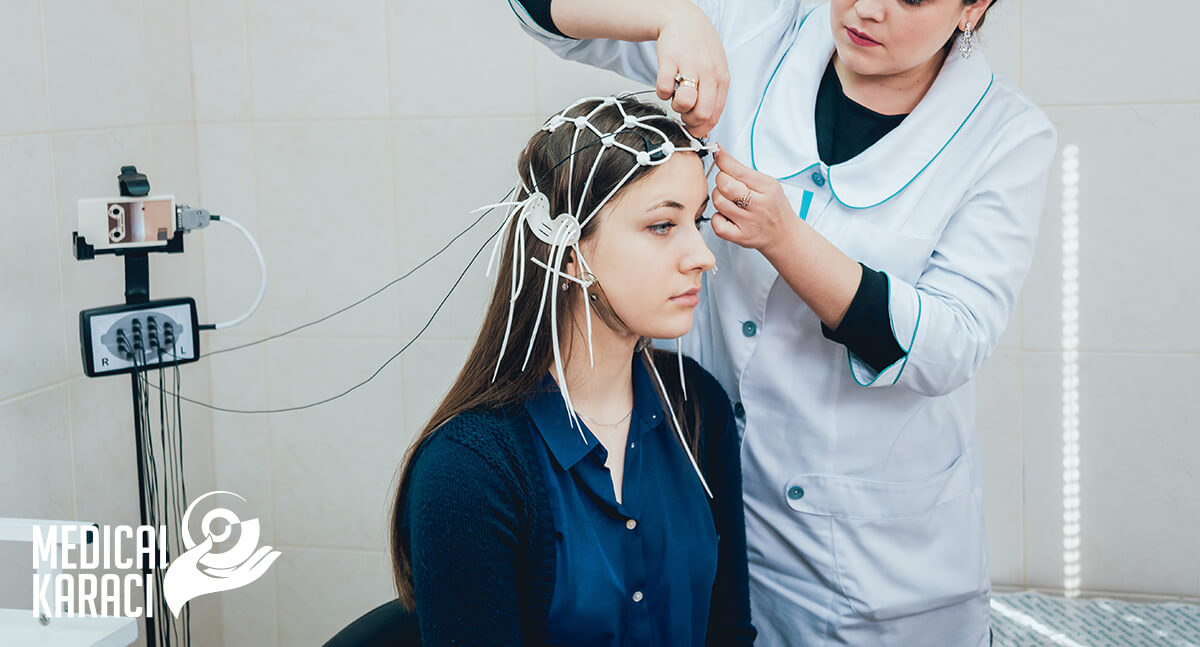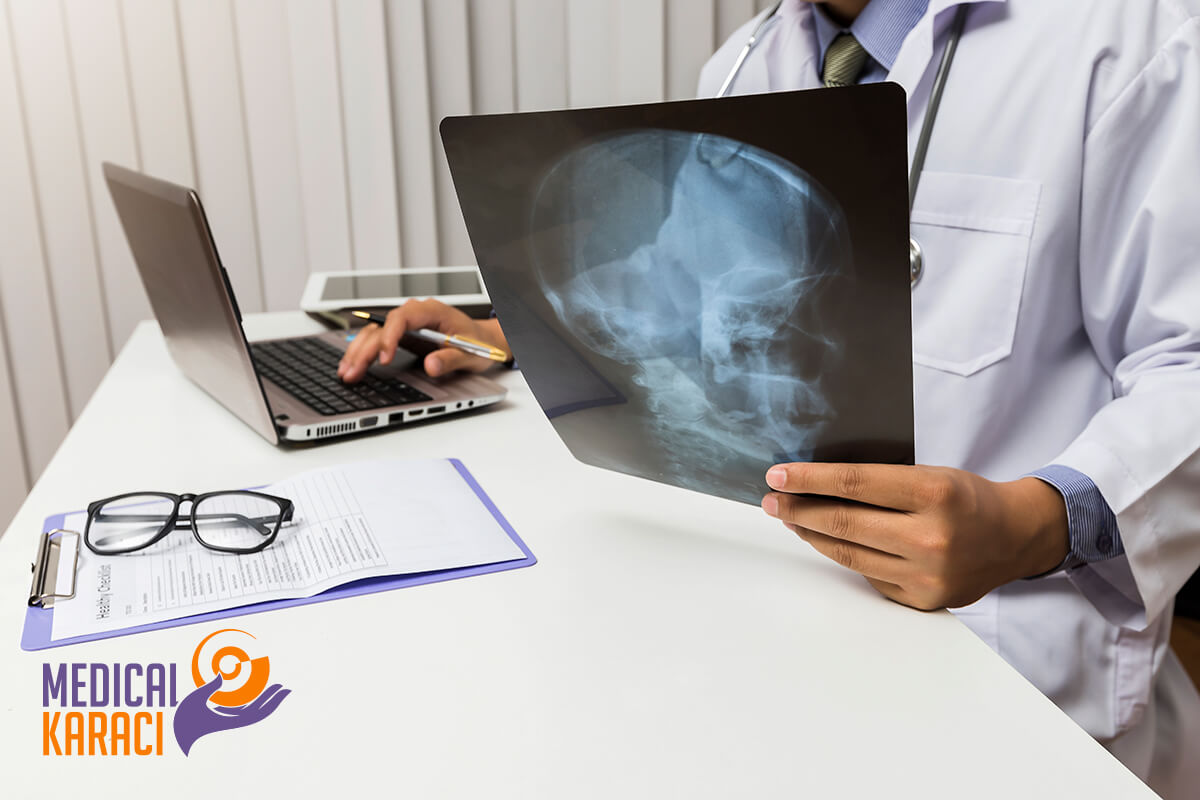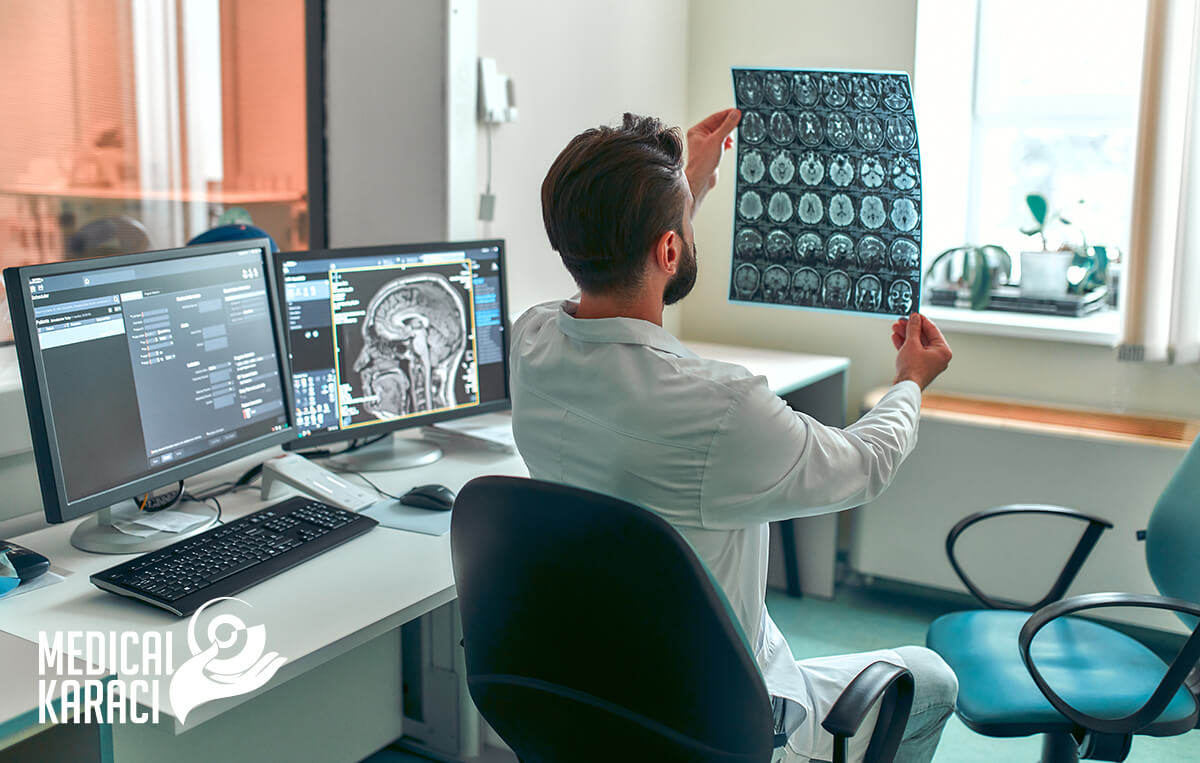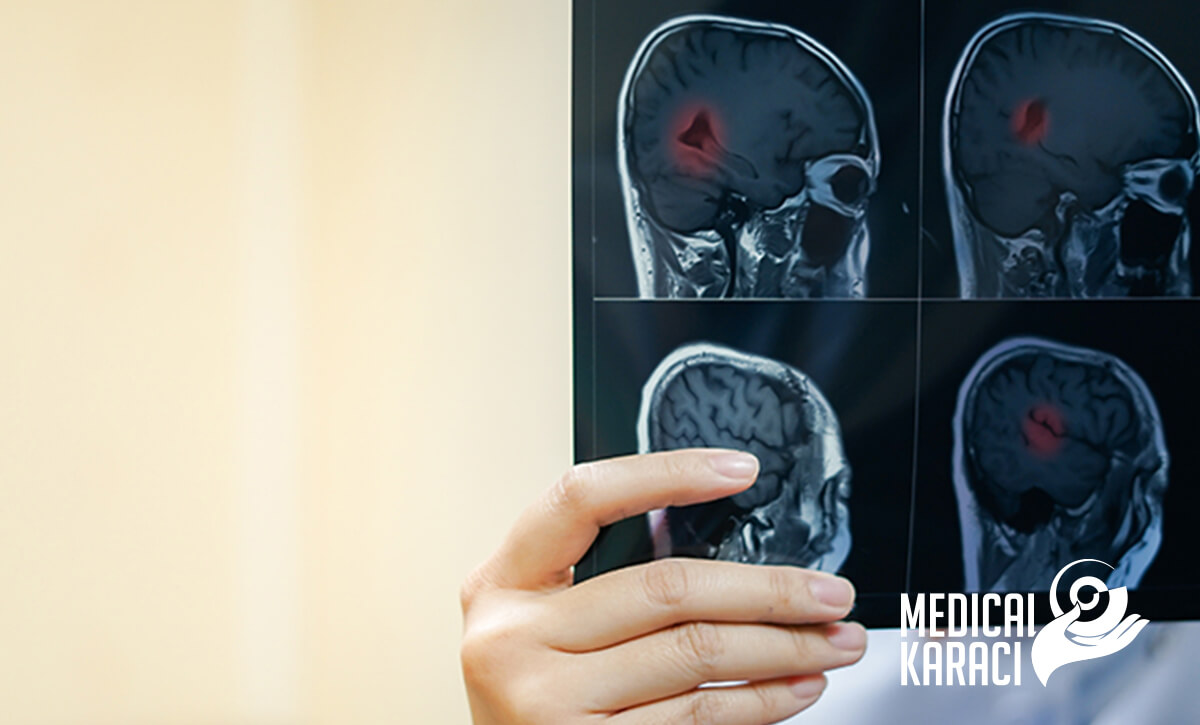Neurology is a branch of medicine that studies problems of the central, peripheral and autonomic nervous systems. Lifestyle, stress, the use of illicit substances, as well as unhealthy food, reflect directly on the function of the nervous system, as well as the organs associated with it.
The term neuroscience comes from a combination of two words - "neuron", meaning nerve, and "logia", meaning "study of".
There are about a hundred billion neurons in the brain capable of generating their own impulses and receiving and transmitting impulses from neighboring cells.
Neurology includes the study of:
- Central nervous system, peripheral nervous system and autonomic nervous system.
- Structural and functional disorders of the nervous system, ranging from birth defects to degenerative diseases such as Parkinson's disease and Alzheimer's disease.
Mankind has been familiar with disorders of the nervous system since centuries. Parkinson's disease, for example, was described as "tremulous paralysis" in 1817. Alzheimer's disease was first described in 1906.
Neuroscience also involves understanding and interpreting imaging studies. Examples of imaging studies used in neurology include computed tomography (CT) scans and magnetic resonance imaging (MRI). An electroencephalogram (EEG) can be used to assess the electrical activity of the brain in diagnosing conditions such as epilepsy. Neurologists also diagnose infections of the nervous system by analyzing cerebrospinal fluid (CSF), a clear fluid that surrounds the brain and spinal cord).
Neurologists are physicians with the knowledge and ability to diagnose complex conditions by taking a detailed history, physical examination, mental status testing, vision, speech, strength, sensation, coordination, reflexes and gait. Even as medicine becomes more dependent on technology, the neurological examination will remain a critical component of patient assessment.
Here are the common neurological tests used to complete the evaluation when diagnosing a neurological disease:
- Computed tomography (CT) or computed axial tomography (CAT)
- Magnetic resonance imaging (MRI)
- Electroencephalography (EEG)
- Nerve conduction studies and electromyography (EMG)
- Lumbar puncture (LP) for cerebral spinal fluid analysis
Collaboration between Neurologists and Neurosurgeons
Neurologists are different from neurosurgeons because neurologists do not perform brain or spinal cord surgery. However, neurologists and neurosurgeons work closely together for some conditions, sometimes even in the operating room together.
Types of neurological diseases:
We will list some of the most common neurological diagnoses that many of us have probably heard of:
Alzheimer's disease
Alzheimer's disease is a form of dementia that is primarily diagnosed in people over 65. The most common symptom is the inability to retain information about situations that happened in the recent past. That is, the patient's short-term memory is affected. With the deepening of the disease, disturbances are also observed in long-term memory, weakening the functions of organs and systems. Dementia can also be defined as the loss of cognitive functioning - thinking, remembering and reasoning - and behavioural abilities to such an extent that it interferes with a person's daily life and activities.
Alzheimer's disease is an irreversible, progressive brain disorder that slowly destroys memory and thinking.
Parkinson's disease
Parkinson's disease is a brain disorder that leads to tremors, stiffness and difficulty with walking, balance and coordination.
Symptoms of Parkinson usually begin gradually and deepen over time. As the disease progresses, people may have difficulty walking and talking. They may also have mental and behavioural changes, sleep problems, depression, memory difficulties and fatigue.
Parkinson's disease seen in both men and women, yet the disease affects about 50 percent more men than women.
One clear risk factor for Parkinson's disease is the age. Although most people with Parkinson first develop the disease around age 60, about 5 to 10 percent of people with Parkinson have "early onset" disease that begins before age 50. Early forms of Parkinson are often (but not always) inherited and some forms have been linked to specific gene mutations.
What causes Parkinson?
Parkinson's disease occurs when nerve cells or neurons in the area of the brain that controls movement become disrupted and/or die. Normally, these neurons produce an important hormone in the brain known as dopamine. When neurons die or become damaged, they produce less dopamine, which causes movement problems and leads to Parkinson. Scientists still don't know what causes cells that produce dopamine to die.
Huntington's disease
Huntington's disease (HD) results from genetically programmed degeneration of brain cells, called neurons, in certain areas of the brain. This degeneration causes uncontrolled movements, loss of intellectual ability and emotional disturbances. Huntington's disease is a familial disease passed from parent to child through a mutation in the normal gene. Each child of a parent with Huntington's disease has a 50/50 chance of inheriting his or her gene. If the child does not inherit the gene, they will not develop the disease and cannot pass it on to subsequent generations. A person who inherits the disease gene from a sick parent will develop the disease sooner or later.
Some early symptoms of Huntington's disease are mood swings, depression, irritability or trouble driving, difficulty learning new things, remembering a fact or making a decision. As the disease progresses, concentration on intellectual tasks becomes more difficult and the patient may have difficulty eating and swallowing.
Hypersomnia - increased sleepiness
Hypersomnia is characterized by recurrent episodes of excessive daytime sleepiness or prolonged sleep at night. In contrast to feeling tired due to lack of sleep or interrupted sleep at night, people with hypersomnia are forced to sleep repeatedly during the day, often at inappropriate times, such as at work, during meals or in conversation. These daytime bouts usually do not provide relief from symptoms. Patients often have difficulty waking from a long sleep and may feel disoriented. Other symptoms may include anxiety, increased irritability, decreased energy, restlessness, slow thinking, slow speech, loss of appetite, hallucinations, and memory difficulties. Some patients lose the ability to function in family, social, occupational, or other settings. Hypersomnia may be caused by another sleep disorder (such as narcolepsy or sleep apnea), autonomic nervous system dysfunction, or drug or alcohol abuse.
In some cases, hypersomnia is the result of another problem, such as a tumor, head trauma, or central nervous system injury. Certain medications can also cause hypersomnia.
Hemifacial spasm
Hemifacial spasm is a neuromuscular disorder characterized by frequent involuntary contractions (spasms) of the muscles on one side of the face (facial). The disorder occurs in both men and women, although it more commonly affects middle-aged or elderly women. It is much more common in the Asian population. The first symptom is usually intermittent twitching of the eyelid muscle, which can lead to involuntary closure of the eye. The spasm may then gradually spread to involve the muscles of the lower face, which may result in the mouth being pulled to one side. Hemifacial spasm may be caused by facial nerve injury or a tumor, or there may be no apparent cause. Rarely do doctors see individuals with spasm on both sides of the face. Most commonly, hemifacial spasm is caused by a blood vessel pinching on the facial nerve at the point where it exits the brainstem.
There are a number of other neurological diseases, some widely known and others considerably less popular.
Therapies for neurological disorders
In addition to prescribing treatment, patients with neurological problems may be placed on rehabilitation as part of an effort to restore some lost function. This is usually a hopeful sign, as it is rare to find a patient prescribed therapy if there is not even a small hope of at least partial recovery. Therapies for neurological disorders can often consist of:
- Lifestyle changes aimed at preventing or minimizing the impact of certain factors that negatively affect the patient's condition.
- Physiotherapy to manage symptoms and restore some function.
- Pain management, as many disabilities can be associated with significant discomfort.
- Taking medication to restore a particular function or to prevent a patient's condition from worsening.
Research and diagnostics
DaTSCAN SPECT
DaTscan is a medicated preparation.
In 2011, a diagnostic test for Parkinson's disease was approved. DaTscan (Ioflupane I 123 injection - also known as phenyltropene) is a radiopharmaceutical that is injected into a patient's veins in a procedure called SPECT imaging.
It helps to evaluate dopamine transporters that help recycle dopamine involved in the control of body movement.
Also, the imaging technology, DaTscan, can be used to visualize dopamine degeneration in the brain of the substantia nigra, which has been linked to Parkinson's syndrome. Due to the high content of the pigment melanin, substantia nigra is distinguished from other neural tissue by its dark colour (hence the name).
DaTscan imaging is performed in the nuclear medicine department in hospital settings.
Diagnosis of cerebral palsy (CP)
The term cerebral palsy refers to a group of neurological disorders that appear in early childhood and permanently affect body movement, muscle coordination and balance. The part of the brain that controls muscle movements is most commonly affected. The majority of children with cerebral palsy are born with the problem, although it may not be detected until months or years later.
Early signs of cerebral palsy usually appear before a child turns 3. The most common are, lack of muscle coordination when performing voluntary movements - ataxia, stiff or tight muscles, and exaggerated reflexes - spasticity. Gait is characterized by dragging of the foot, walking on the toes, crouching or "cut" gait. Other neurological symptoms commonly found in persons with cerebral palsy include seizures, hearing loss, and impaired vision.
Experts recommend - imaging tests of the brain, such as X-ray CT or MRI. An electroencephalogram (EEG), genetic testing, metabolic testing or a combination of these may also be done.
Familially transmitted CP accounts for only 1.6% of all cerebral palsy cases. However, it should be noted here that parents who have a child diagnosed with cerebral palsy have an increased risk of the next child developing the condition. In these cases, molecular tests can identify the susceptibility gene.
Genetic testing:
A gene for autosomal recessive symmetric spastic cerebral palsy is transformed into chromosome 2q24-25.
Metabolic monitoring:
Disruption in normal feeding as well as growth are common findings in children with cerebral palsy (CP) and neurological impairment. Gastrointestinal (GI) disorders such as gastroesophageal reflux disease (GERD), feeding difficulties and constipation are associated with an increased incidence of these disorders.
When a patient has a problem diagnosed by imaging and the accompanying (if any) diseases are noted on history taking, it means that the diagnosis has been correctly made.
Diagnosis of Multiple Sclerosis
Diagnosis of MS begins with doing blood tests for specific biomarkers to rule out other diseases with symptoms similar to MS.
- Oligoclonal bands (OCBs) are groups of immunoglobulins that are seen when a patient's blood serum or cerebrospinal fluid (CSF) is analyzed. They are used in the diagnosis of various neurological and blood diseases, especially multiple sclerosis.
- Lumbar puncture, in which a small sample of fluid is taken from the spinal canal for laboratory analysis. This sample may show abnormalities in antibodies that are associated with MS. This test also helps rule out infections and other conditions with symptoms similar to MS.
- An MRI scan of the head provides information about the size, number, age and development of lesions in the brain and plays an important role in diagnosis and monitoring therapy.
- Evoked potential tests - Evoked potential tests record the electrical signals produced by your nervous system in response to stimuli. An evoked potential test uses visual stimuli or electrical stimuli where you observe a moving visual pattern or short electrical impulses are applied to the nerves in your legs or arms. The electrodes measure how fast information travels along your nerve pathways.
Difficulties in diagnosing Multiple Sclerosis have been overcome, but only somewhat with the detection of specific biomarkers, four proteins: CRTAC-IB (cartilage acidic protein), tetranectin (plasminogen binding protein), SPARC-like protein (calcium-binding cell signaling glycoprotein) and autotaxin -T (phosphodiesterase). This list is supplemented with the description of three immunoglobulins: Ig γ-1 (C chain region), Ig heavy chain V-III (BRO region) and Ig-κ chain (C region).
Treatment focuses on speeding recovery from attacks, slowing disease progression and managing MS symptoms. Some people have such mild symptoms that no treatment is needed.
Treatments for MS attacks:
- Corticosteroids, such as oral Prednisone and intravenous Methylprednisolone, are prescribed to reduce nerve inflammation. Side effects may include insomnia, increased blood pressure, mood swings, and fluid retention.
- Plasma exchange (plasmapheresis) - blood plasma is removed and separated from the blood cells. These are then mixed with a protein solution - albumin and put back into your body. Plasma exchange may be used if your symptoms are new, severe and have not responded to steroids.
- Beta interferons - among the most commonly prescribed drugs for the treatment of MS. They are injected under the skin or into muscles and can reduce the frequency and severity of relapses.
- Glatiramer acetate (Copaxone, Glatopa) - this preparation can help block your immune system's attack on myelin and should be injected under the skin. Side effects may include skin irritation at the injection site.
Infusion treatment:
- Ocrelizumab (Ocrevus) - this is a humanized immunoglobulin antibody and is the only DMT approved by the FDA for the treatment of both relapsing and primary-progressive forms of MS. Clinical trials have shown that it reduces relapse rates in relapsing-remitting disease and slows the worsening of disability in both forms of the disease.
- Ocrevus is administered by intravenous infusion by a healthcare professional. Adverse reactions associated with the infusion may include irritation at the injection site, low blood pressure, fever, and nausea. Ocrevus may also increase the risk of certain cancers, particularly breast cancer.
- Physiotherapy - a professional therapist can teach you stretching and strengthening exercises and show you how to use additional devices to make everyday tasks easier.
- Physical therapy, along with the use of mobility aids when needed, can also help manage leg weakness and other gait problems often associated with MS.
- Muscle relaxants. You may feel painful or uncontrollable muscle stiffness or cramps, especially in the legs. Muscle relaxants such as baclofen (Lioresal) and tizanidine (Zanaflex) may help.
- Fatigue-reducing medications may be helpful in reducing MS-related fatigue. Some medications used to treat depression, including selective serotonin reuptake inhibitors, may be recommended.
For more information, you can call +359895770869.

